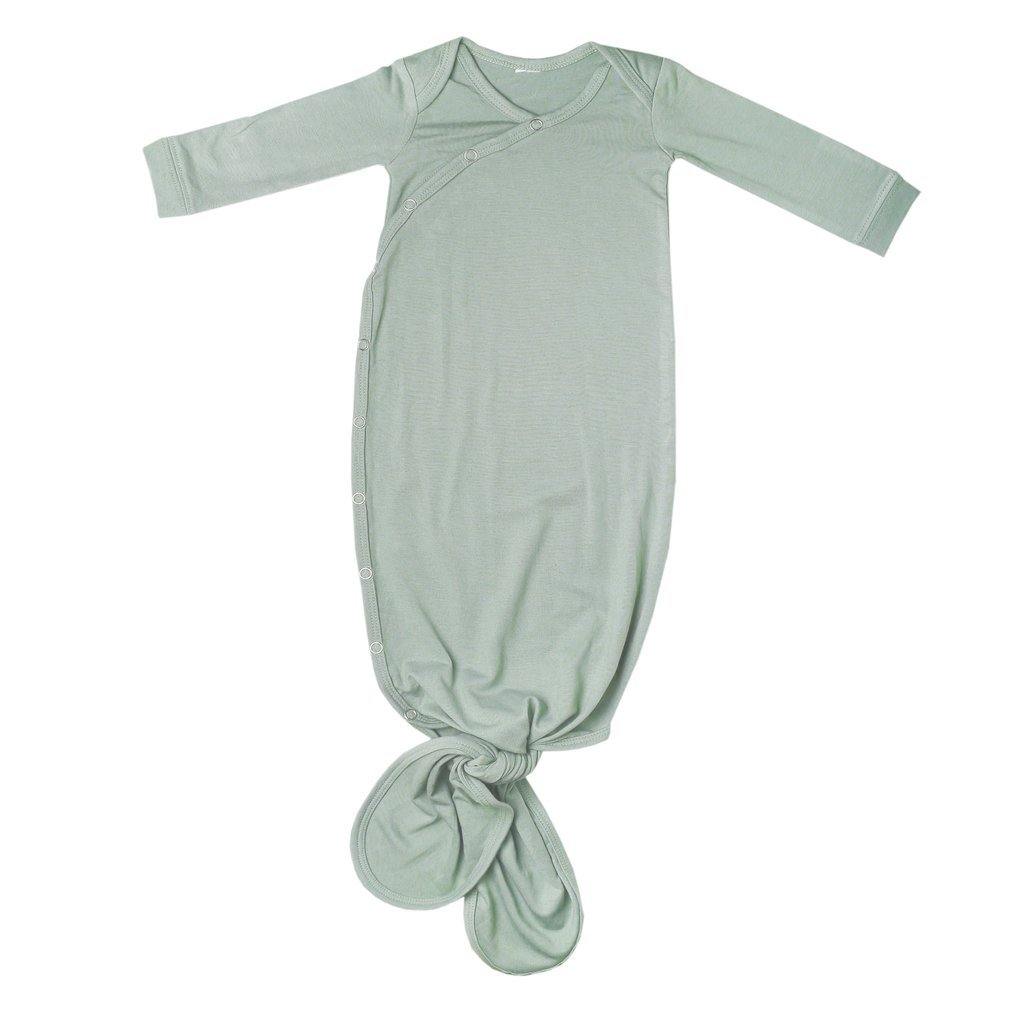It is expected that you're going to have a lot of questions as a parent. When it's your first baby, first baby of a different gender, or basically any new problem with one of your babes, the questions are endless. And one of the things that is constant throughout parenting is questions about what the heck is going on in my baby's diaper?!
When we brought our daughter home from the hospital, I was absolutely terrified of being too rough with her privates, but also paranoid that I wasn't getting it clean enough. Like a lot of mamas who have a girl for the first time, I freaked out a bit (okay, fine, A LOT) when I noticed she had white discharge around her vagina not only as a newborn but as an infant, and it turns out, still happens occasionally even though she just turned 2.

The question I was asking myself, that I brought to my doc as soon as we got to her 2-week check-up was the following:
Can my baby get a yeast infection?
The answer is YES. Your baby can get a yeast infection, and YES it is normal, and, most of the time, totally treatable at home and with little to no discomfort for your little. If you've noticed random, small, red bumps around her privates, or notice white discharge, it may be the signs of a yeast infection.
Why does it happen?
Just like in adults, yeast infections are commonly caused by a specific fungus that grows in a warm, moist environment. So for babies, this happens mainly because they're wearing diapers all day every day. Yeast infections can also spring up when your child is on a course of antibiotics, has a compromised immune system, or when her body is introduced to certain soaps or lotions.

For my daughter, we noticed that the yeast infections would increase when there was more time in between changes, when she had a particularly nasty blow-out situation, or when we changed up the soap in her bath. Mainly she would get the little random red bumps on her privates, and would occasionally have discharge.
What are the symptoms?
- a small, red rash in a localized area (will sometimes be circular in appearance)
- small, random, red bumps that extend outside of the localized circle of rash with no real pattern (can be in the groin area, around the anus, or up towards the belly button)
- white discharge around the vaginal folds or walls
- a rash that persists even after a few days of consistent treatment with diaper rash cream

If you notice that your child's symptoms match any of these descriptions, it's worth a call to your babe's pediatrician to get an idea of what they recommend based on your child's symptoms.
How do I treat it?
In the case of my daughter's yeast infections, our doctor recommended purchasing an over-the-counter anti-fungal cream to apply to the rash and around the privates until the rash cleared up, or until the discharge stopped. We also stopped using scented soaps in the bath, and generally do not let her take bubble baths, because it's just too much for her little body to handle.
Your doctor may also recommend changing your babe's diaper more often, or giving her some time during the day where she has time to air out and keep things fresh. Switching to unscented wipes can make a big difference too! Also, make sure that your babe's privates are completely dry before applying any diaper rash creams or treatments and applying a diaper.

At the end of the day, the yeast infection that your little has normally doesn't cause them any discomfort, but it is something you want to try and treat to make sure it doesn't get more serious. Keep an eye on it, and call your doctor if you see bumps start to show up on your babe's tummy, arms, or chest, or if the discharge has a foul smell, or any of the bumps look inflamed. It's always smart to talk with your child's doctor to get the info about specifics for your baby, and what steps you both feel comfortable with taking to treat it!






